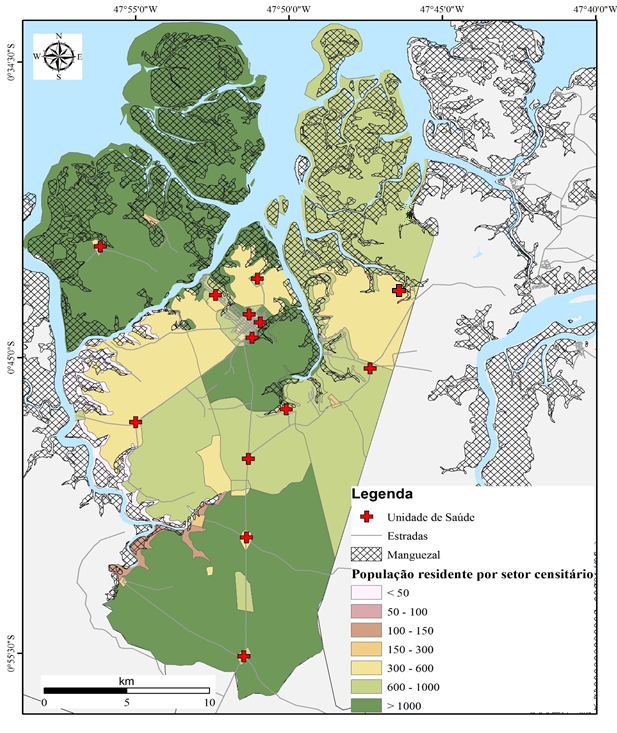Methods
Summary
Study area
The study will be conducted in the municipality of Curuçá where areas with high incidence of bites by hematophagous bats are reported in humans and domestic dogs inside and outside the residences, or even when they are taken to fish with their owners. Curuçá is a former and important fishing center in northeastern Pará, which is prominent in the trade of fish and seafood. The geographic space is occupied by mangrove areas and coastal portions, typical of the riverside localities of the Amazon (Souza, 2010).
The municipality has a population of 34,294 inhabitants and an area of 672,675 Km2. More than half of the city's territory (366,678 km²) is inserted in the Extractivist Reserve (Resex) Mãe Grande de Curuçá.
The RESEX Mãe Grande has 52 communities with about 3000 families, which can make use of the entire demarcated area, where the geographic characteristics contribute to the fixation on the shores of the islands, rivers, streams, beaches and mangrove areas (Figure 1).

Figure 1. Municipality of Curuçá, demographic density and distribution of health units.
Observing bats
Cameras trap will be arranged in two points in the houses/tents where there was recent aggression in humans or companion animals and at 15 points distributed in the forest closest to these residences. Access to these areas occurs most of the time by boat and, with the help of a local guide, we will identify the most recent reporting areas.
The cameras will be triggered 24 hours a day. For each occasion of capture, a video (10 seconds duration) and two photographs will be taken. The cameras will be arranged in the same locality for 30 days, when there will be a new expedition to identify other points of observation, so that at the end of one year we observed 12 different localities.
Challenges
One of the challenges envisaged is that eventually the local population stir the traps. However, we have worked in the community for some years and intend to do educational activities with the population to explain the importance of the project and involve them in the project in such a way that they also feel responsible for the traps.
Another issue is the difficulty of access, allied to the lack of information provided about the aggressions. For this we are already in contact with the Municipal Fisheries secretary, with the Board of the Extractivist Reserve and with representatives of fishermen so that this information is transmitted in time.
Protocols
This project has not yet shared any protocols.